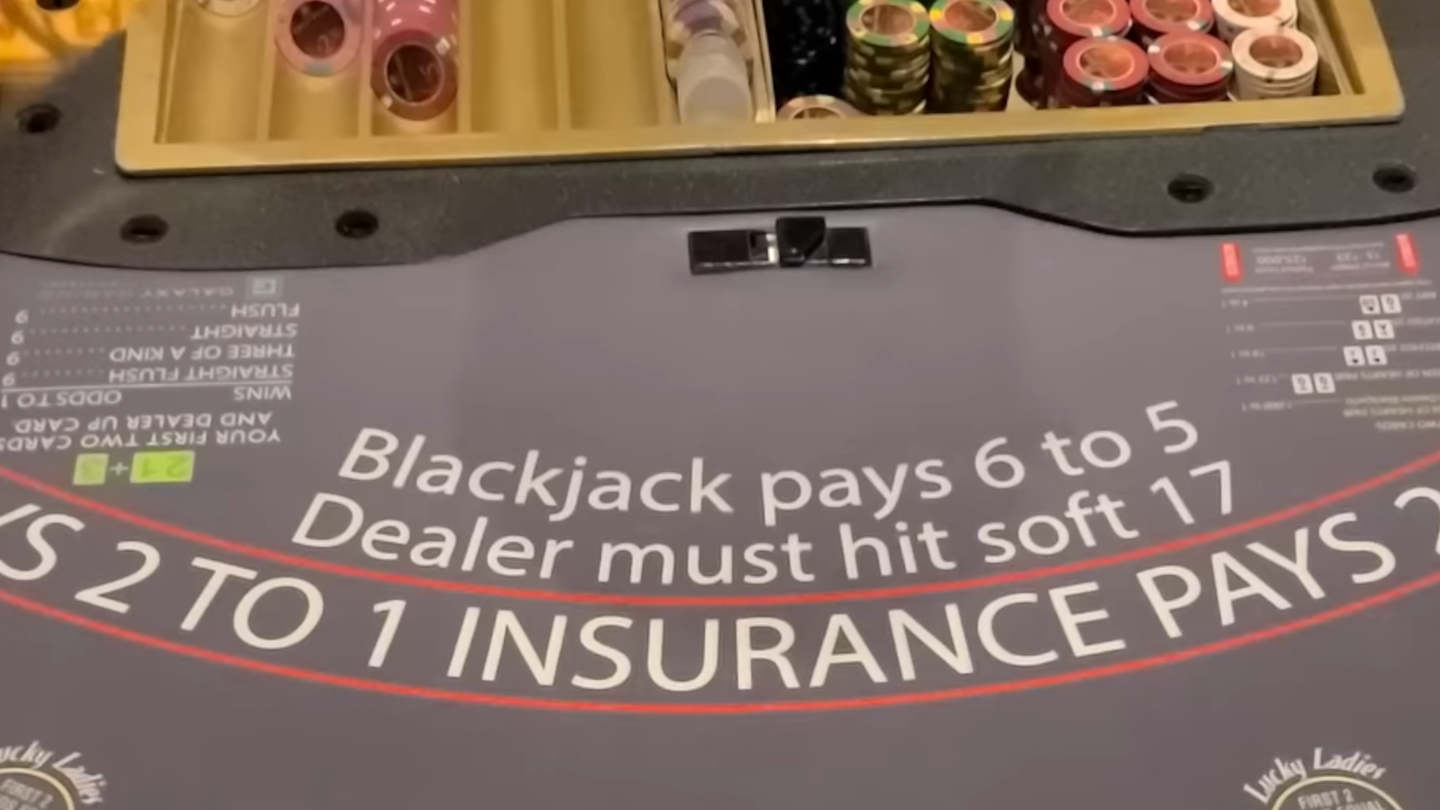What is 6:5 Blackjack?

1 minute
Last Updated: February 13, 2024
6:5 (also sometimes written as 6-5) refers to the payoff ratio commonly used in natural single-deck blackjack games. It used to be 3:2, but for about a decade, most casinos have adopted the 6-5 ratio on single-deck games with low minimums.
The implication of this ratio is that you get paid $6 for every $5 you bet if you hit a jackpot instead of getting $3 for every $2 in the 3:2 blackjack rule. This makes the game odds 1:5:1. So if you wager $10/hand and hit the jackpot, the payout you’ll get will be $12. Whereas, if the more traditional 3:2 ratio is used, you’ll get $15 as a payoff on the same $10/hand bet. While this might seem like a small difference, it has a significant impact on the expected outcome of your wager.
What Is 6/5 Blackjack And How Does It Affect Game Outcomes?
The 6/5 rule in blackjack increases the house edge by up to 400% compared to the 3:2 variant.
In the 3:2 rule, the house edge is approximately 0.5%. This means for every $100 you wager, the casino will likely take in about $0.50. However, with the 6:5 blackjack variant, the house edge increases to approximately 2%. That’s $2 going into the house coffers for every $100 you wager.
The effect of this rule change is further magnified in the long term when high rollers tend to wager thousands at a time. Generally, it is better to play at a blackjack table, paying a 3:2 ratio compared to a table paying 6:5.















